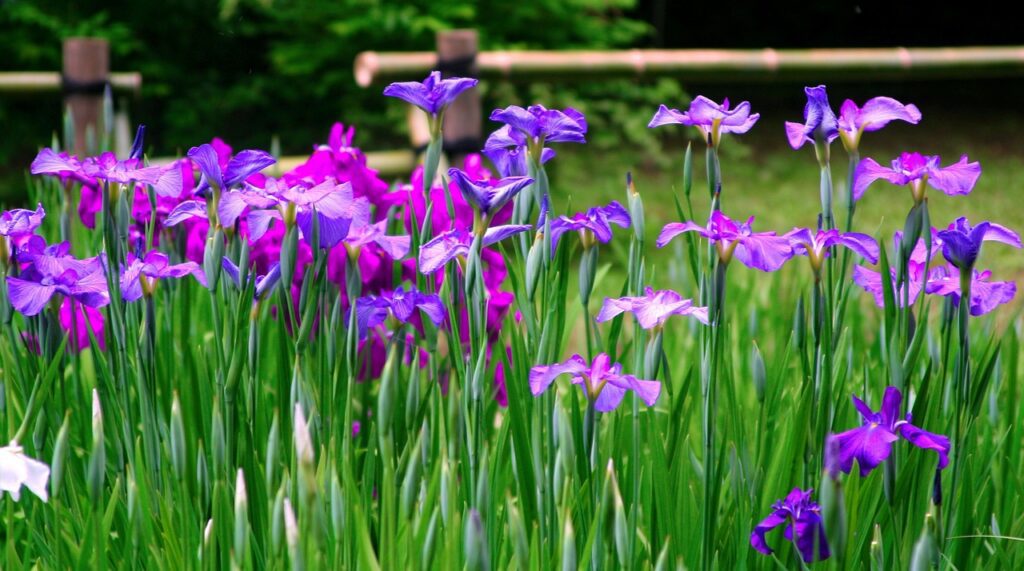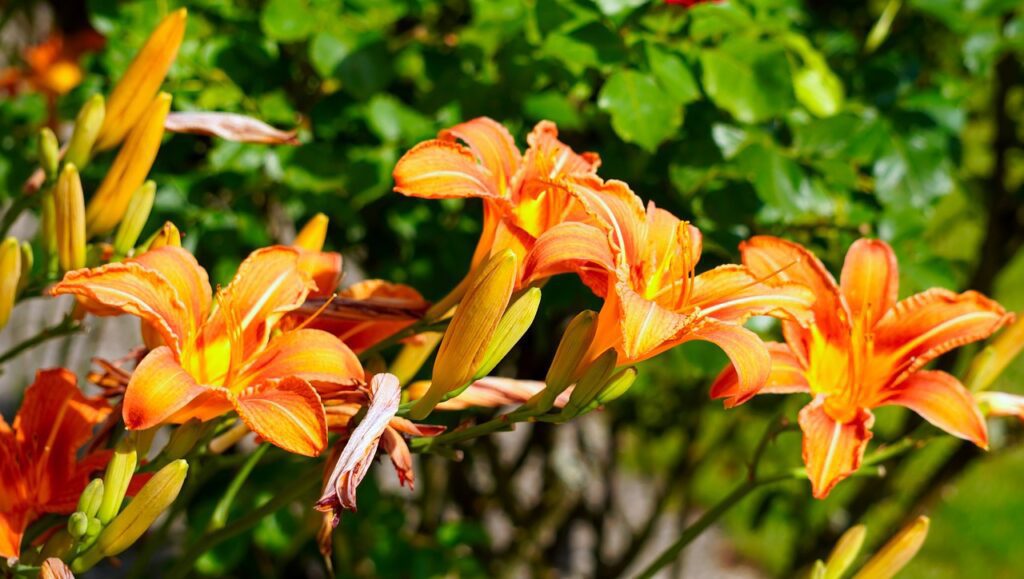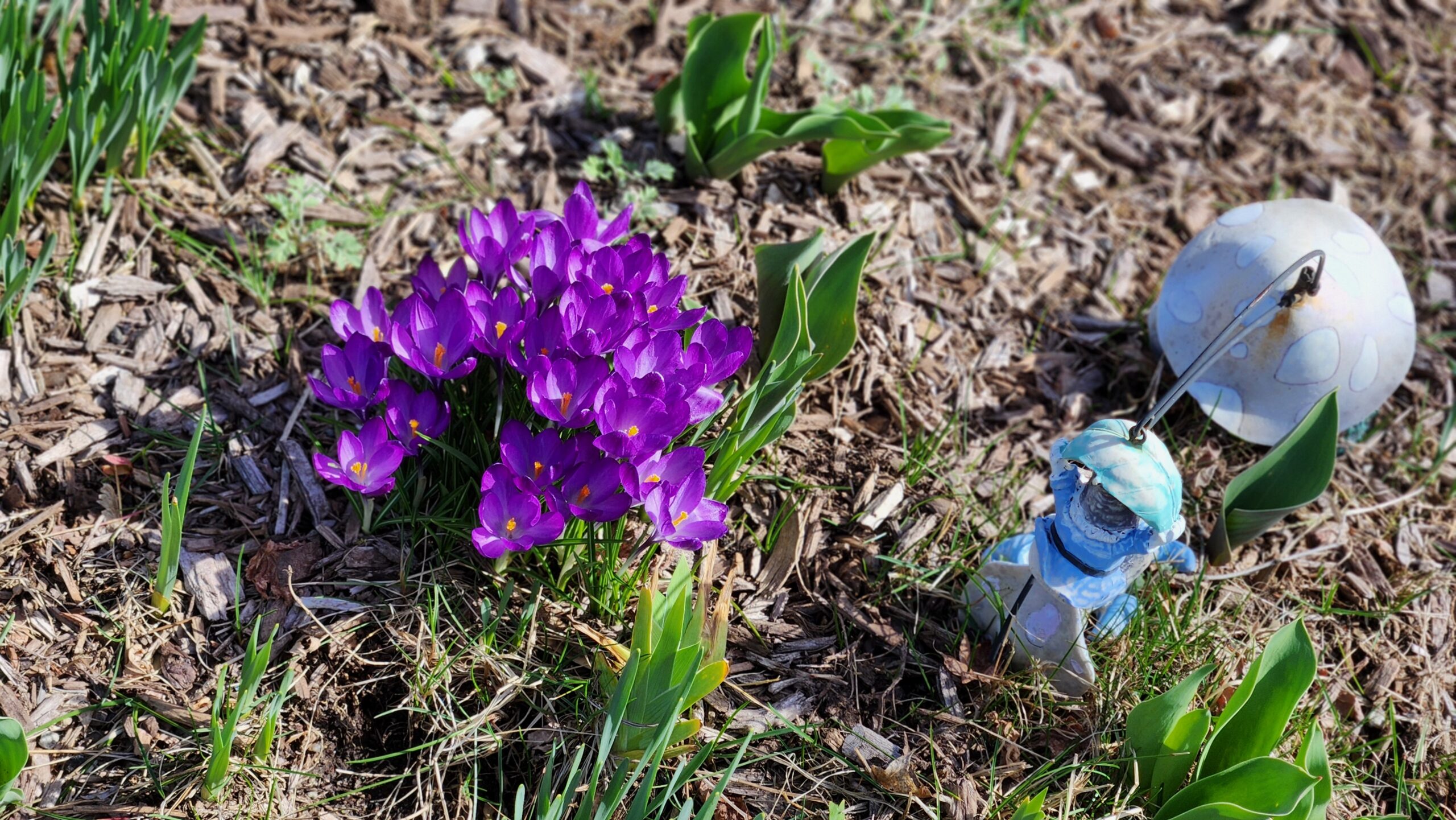Irises

The Iris flower, with its striking blooms and wide range of colors, is a beloved symbol of beauty and elegance. These versatile flowers can be found in many different varieties, from the tall and regal Bearded Iris to the delicate and dainty Dutch Iris. Whether you’re a seasoned gardener or just starting out, growing and caring for Irises is a rewarding experience that can bring joy and beauty to your outdoor space.
The Iris flower has played a significant role in medicine throughout history, due to its various medicinal properties. In ancient times, the Iris was used by the Greeks and Romans to treat a wide range of ailments, including skin conditions, indigestion, and even epilepsy. The plant’s rhizomes were believed to have powerful diuretic properties and were used to treat edema and other conditions related to fluid retention.
In modern medicine, extracts from the Iris root are still used in certain herbal remedies, as they contain compounds that have been shown to have anti-inflammatory, antifungal, and antimicrobial properties. However, it’s important to note that the use of Iris in medicine should be approached with caution, as certain parts of the plant can be toxic if ingested in large amounts. As with any herbal remedy, it’s best to consult with a healthcare professional before using Iris or any other plant-based treatment.
Fun fact: The Iris flower gets its name from the Greek word for “rainbow,” a nod to the wide range of colors and hues that can be found in different Iris varieties.
Irises typically bloom in the late spring to early summer, depending on the variety and location. The best time to plant Irises is in the late summer to early fall, before the ground freezes. This allows the roots to establish before the winter months and prepares the plant for spring growth and blooming.
However, if you missed the fall planting season, you could still plant Irises in the spring, as long as the ground has thawed and there is still enough time for the plant to establish roots before the hot summer months. Keep in mind that planting Irises in the spring may delay their bloom time by a year, as they will not have had as much time to establish roots before the winter. It’s also important to choose healthy bulbs or rhizomes and plant them in well-draining soil and in a location that receives full to partial sunlight. You can purchase or browse these here

Irises are perennial flowers, which means they will come back year after year with the proper care and maintenance. In fact, many Iris varieties will continue to multiply and spread over time, creating even more beautiful blooms in your garden. To ensure that your Irises return year after year, it’s important to plant them in well-draining soil, provide adequate sunlight and water, and maintain proper spacing between plants to prevent overcrowding.
So the next time you’re looking to add some color and elegance to your garden, consider planting some Irises. With their striking blooms and easy care requirements, these flowers are a perfect addition to any landscape. And don’t forget to appreciate the unique symbolism and history behind the Iris flower – from ancient mythology to modern-day medicine, this versatile flower has played a fascinating role in human culture for centuries.

